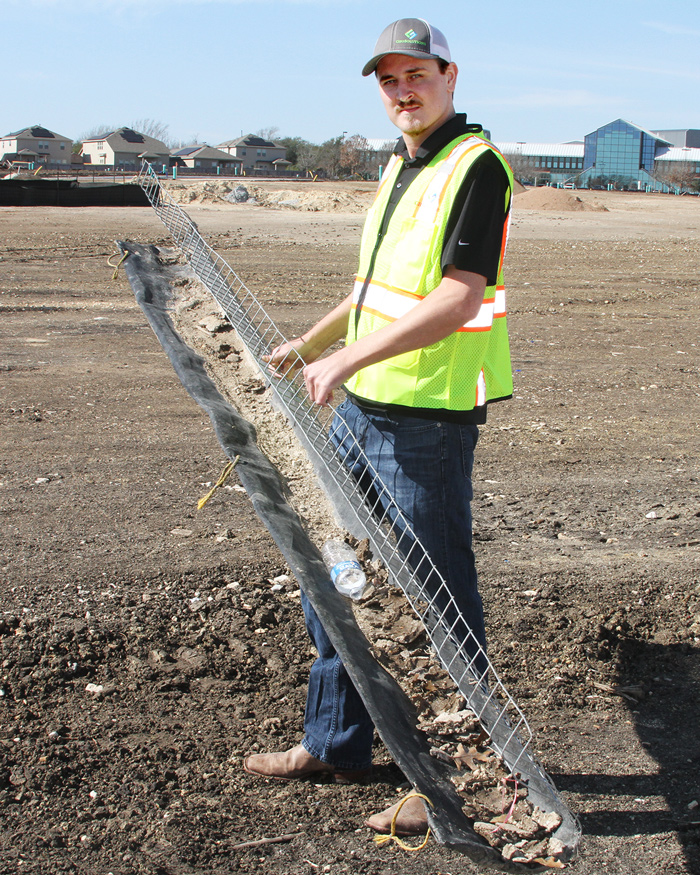Fast & Easy Installation
The GeoCurve stormwater inlet filter is easily installed into a curb inlet in a few minutes.
GeoCurve is an efficient stormwater filter that is designed to be simple and easy to install and maintain. GeoCurve is available in a wide variety of standard widths from 3 feet through 10 feet, but can be customized to fit nontraditional inlet widths.
Download Installation & Maintenance Guide
Tools Needed for Installation & Maintenance:
- Garden rake or
- Work gloves
Tools Needed to Adjust GeoCurve Width:
- Wire cutters
- Hog ring pliers
- Scissors
TOOLS NEEDED:







